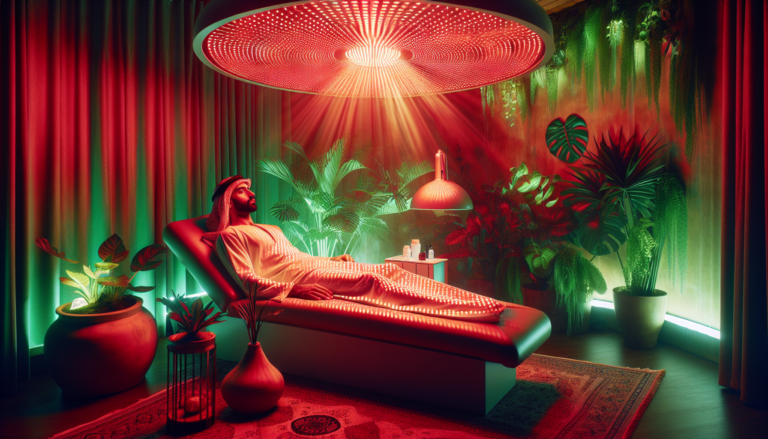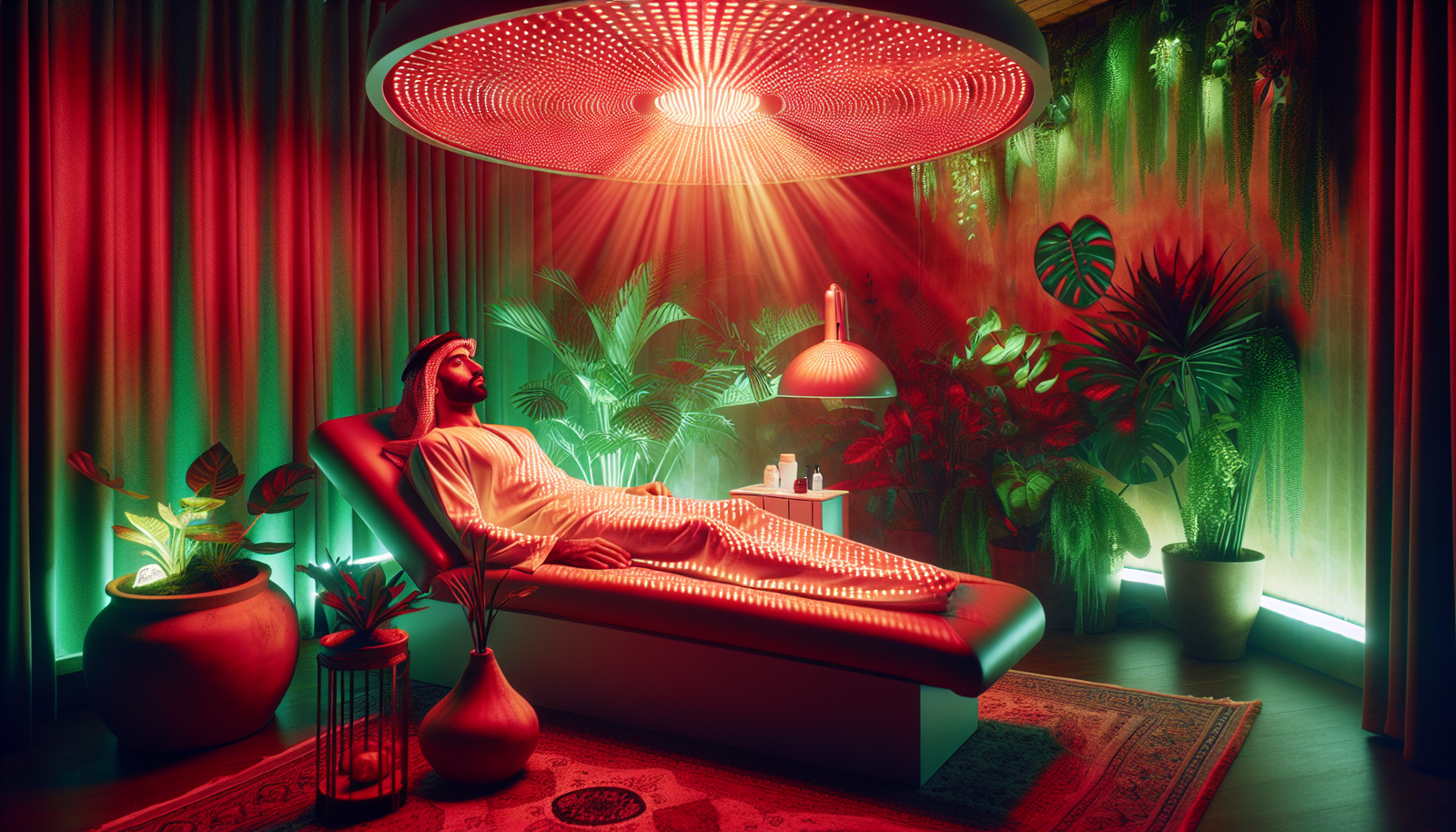Understanding Alternative Health Treatments
As the pursuit of wellness and holistic healing continues to gain traction, alternative health treatments have emerged as a popular avenue for individuals seeking to complement conventional medicine. From acupuncture to herbal remedies, the landscape of alternative therapies is vast. One of the most promising modalities in recent years is red light therapy, a unique treatment that harnesses specific wavelengths of light to promote healing and well-being.
The Science Behind Red Light Therapy
Red light therapy (RLT) involves exposing the body to low-level wavelengths of red light, typically within the range of 600 to 650 nanometers. Infrared LED red light therapy can penetrate deep into the skin to stimulate cellular function, enhance circulation, and promote the body’s natural healing processes. The mechanism through which RLT operates revolves around its ability to increase mitochondrial energy production in cells, which is crucial for tissue repair and overall health.
Studies have indicated that red light therapy is effective for a variety of health issues, including skin conditions, pain relief, and inflammation. “Light is the purest form of energy, and the body can utilize its energy to heal and regenerate,” says Dr. John Doe, a renowned expert in light therapies.
Key Benefits of Red Light Therapy
The benefits of red light therapy are extensive, making it an appealing option for those interested in alternative health treatments. Here are some of the most notable advantages:
1. **Skin Health Improvement**: RLT is often used to manage skin conditions such as acne, psoriasis, and eczema. It promotes collagen production, which can reduce signs of aging, improve skin texture, and promote wound healing.
2. **Pain and Inflammation Relief**: Red light therapy has been shown to decrease inflammation and alleviate pain associated with conditions such as arthritis, fibromyalgia, and muscle strains.
3. **Enhanced Muscle Recovery**: Athletes and fitness enthusiasts have begun to use red light therapy for accelerated recovery post-exercise. It helps reduce muscle soreness and repair muscle fibers more quickly.
4. **Improved Mood and Sleep Quality**: Light exposure plays a crucial role in regulating the body’s circadian rhythm. RLT has been associated with improvements in mood and sleep quality, offering a natural alternative to pharmaceuticals.

5. **Promotion of Hair Growth**: For those struggling with hair thinning or loss, studies suggest that red light therapy may stimulate hair follicles and encourage hair growth.
How to Use Red Light Therapy
For individuals interested in integrating red light therapy into their health regimen, there are several ways to use it effectively.
1. **Light Therapy Panels**: These devices consist of a series of interconnected bulbs that emit red and near-infrared light. Users can stand or sit in front of the panel for targeted full-body treatment.
2. **Red Light Therapy Lamp**: This portable device allows for localized treatment of specific body areas. A red light therapy lamp is particularly effective for addressing localized injuries or skin issues.
3. **At-Home Devices**: For those seeking convenience, using a light therapy device at home can easily fit into a daily routine. Many brands offer handheld devices or larger panels that can be used at home for efficient treatment.
4. **Treatment Protocol**: Most professionals recommend using red light therapy for about 10-20 minutes, several times a week, for optimal results. It’s important to follow the manufacturer’s guidelines to ensure safety and efficacy.
Precautions and Considerations
While red light therapy is considered safe for most people, there are important factors to consider. First, individuals should consult with a healthcare professional before beginning any new treatment, especially if they have existing health conditions or are pregnant.
Moreover, quality matters when it comes to selecting a light therapy device. It is crucial to buy red light therapy devices from reputable manufacturers to ensure you are receiving the most effective treatment. Look for those that specify the wavelength of light emitted, ideally within the therapeutic range.
Finally, users should be mindful of their skin sensitivity. Those with light sensitivity may need to limit exposure or monitor their skin for any adverse reactions.
Incorporating Red Light Therapy into Your Routine
Integrating red light therapy into a holistic health regimen can yield impressive results. Whether you choose to use red light therapy at home or consult a professional, it’s an empowering way to take charge of your health and wellness.
For those looking to improve skin health, alleviate pain, or enhance recovery, consider including RLT as part of your self-care practices. The effect of red light therapy can vary from person to person, so it’s recommended to keep a journal of your experiences and adjustments to find what works best for you.
In a world where alternative health treatments are becoming more widely accepted and utilized, red light therapy stands out for its tangible benefits and ease of use. By exploring this innovative treatment, individuals can find powerful ways to enhance their overall health and well-being.
Final Thoughts on Alternative Health Treatments
As we continue to discover the intricacies of the human body and its response to various therapies, red light therapy represents a significant advancement in alternative health methods. With extensive research supporting its benefits, it is indeed a valuable option for anyone looking to support their health journey.
Adopting alternative therapies such as red light therapy not only enriches our understanding of wellness but also empowers us to choose holistic approaches that align with our lifestyles and health goals. The journey toward improved health is often paved with innovative treatments that enhance body and mind, and red light therapy is undoubtedly one of them.
*These statements have not been evaluated by the Food and Drug Administration. These products are not intended to diagnose, treat, cure or prevent any disease.
